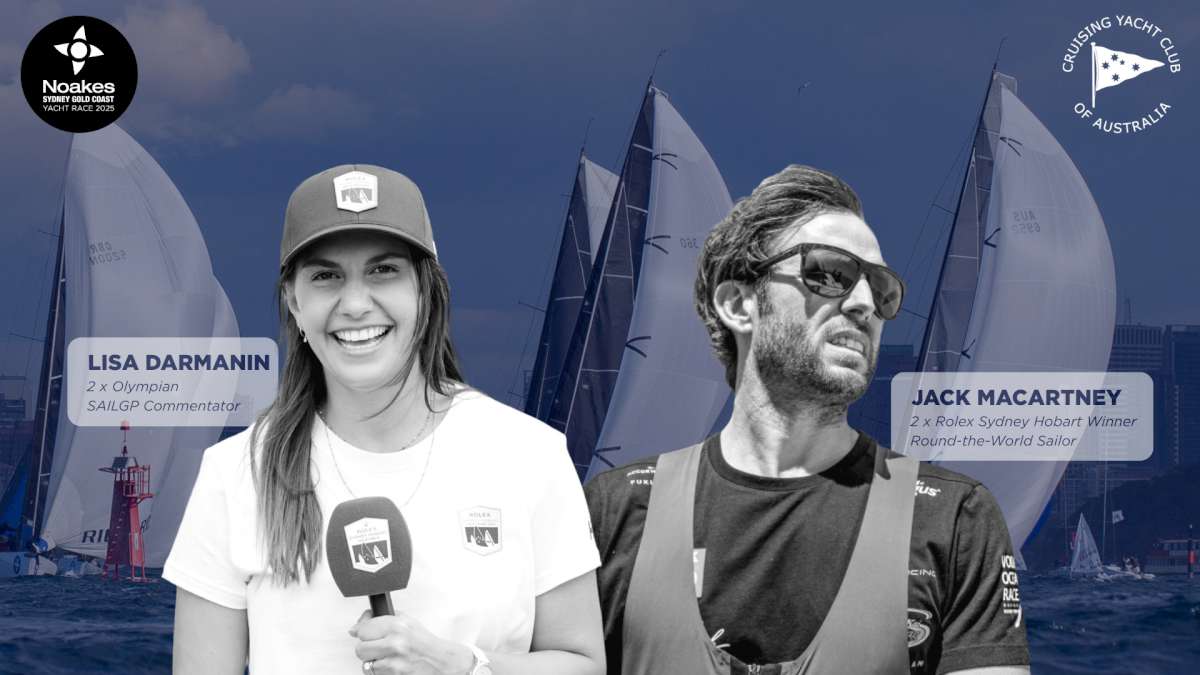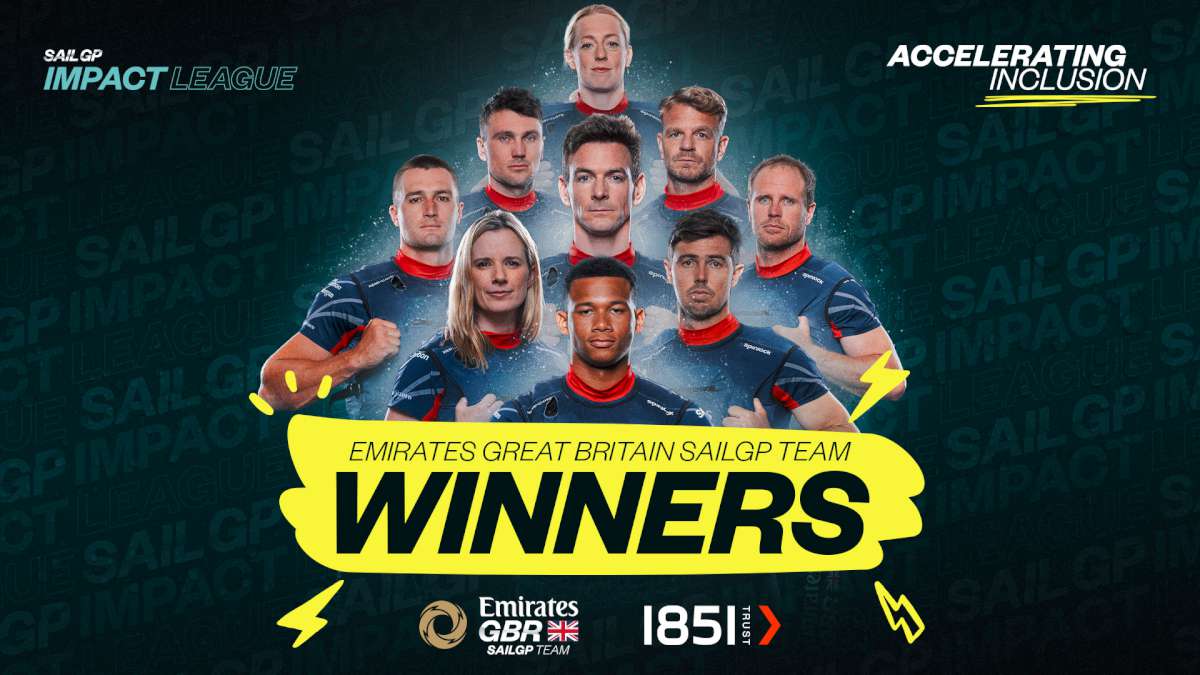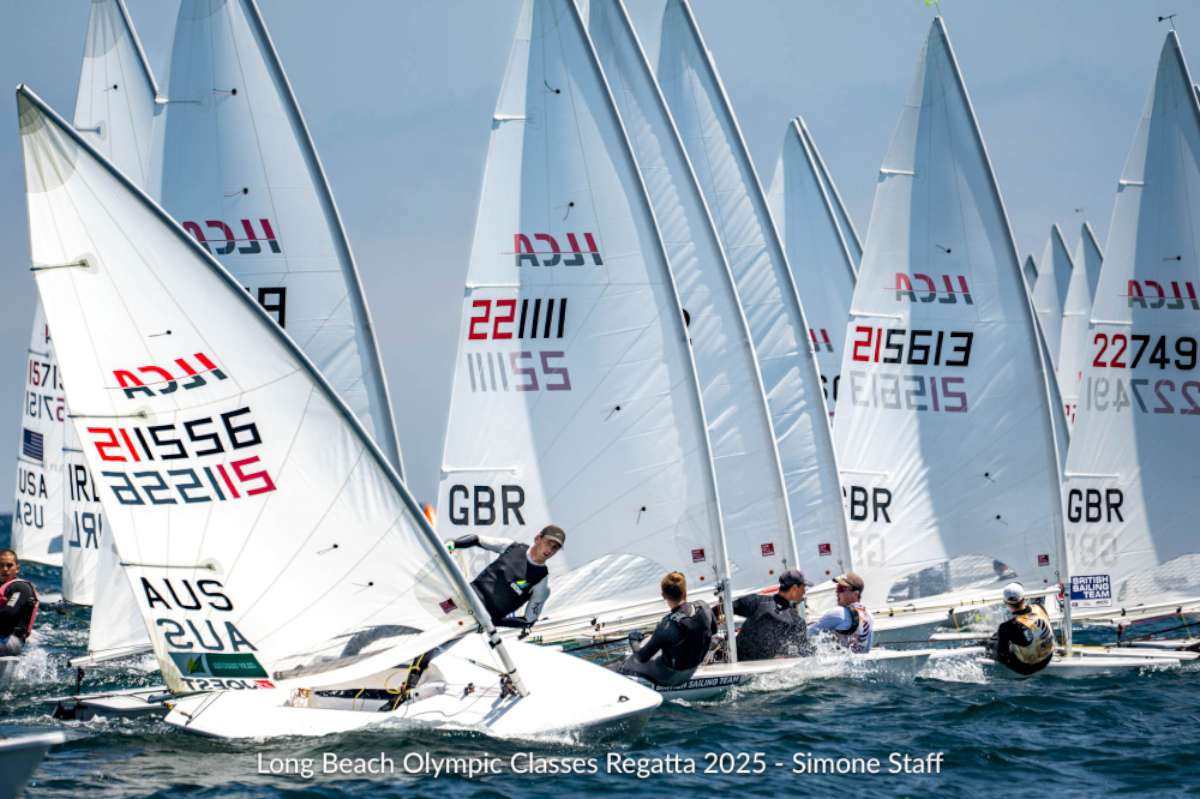There are now over 100 Farrier F-22s sailing or building around the world, and Farrier Marine is about to start on the hull molds for the production version. Six independently built F-22s are now launched, and these have produced some excellent feedback which will further improve the final production boat. Photos of launched F-22s, and more detailed information, can be seen on the F-22 web site
First Race Results – One F-22R is now actively racing, with three races complete, and some very good performances. Details are at: 2009 Bay To Bay Race, 2009 Moreton Bay Classic
2009 Surf To City
It is good to report that Farrier Marine currently has a three month back log of orders for F-22 and F-32 components, which is a major benefit of having rather unique and advanced products. Deposits are not yet being accepted for the production F-22, but a large number of orders are expected, with over 2000 prospects on the current 'very interested' list.
The F-22 is a brand new design, and being developed in New Zealand by Farrier Marine (NZ) Ltd. The economical 'Down Under' building environment has kept development costs to date very low, so hull molds and all the correct building procedures are now also to be developed in NZ. It is then intended to setup full production of the 'more difficult to ship' hulls closer to the main markets, while the key components such as beams and foils will be manufactured in one place, to ensure consistency and quality, along with efficient high volume production. They will then be shipped in bulk to the various final assembly areas.
A low cost entry level trailerable trimaran was first thought about in the late nineties, with details of the concept boat first being published in 2001, but other projects have delayed development for some time. However, the F-22 was always intended to be a completely new breakthrough boat, and such boats can take considerable thought and time to develop well.
This was also the case with the F-27 (US Sailboat Hall of Fame), where the initial concept drawings were originally done in 1978, but it took another 7 years before it became a reality. The F-22 has already been worked on for 7 years, and will still be a little longer yet, as it was decided that every component had to be efficient and profitable before moving on. This means the F-22 is paying for itself, and will avoid a large development debt, or the need for outside investors, which became a problem with the F-27, and added a significant cost to every F-27 produced.
The major key for the F-22's success is going to be a low entry price, and keeping all costs low will be an essential factor to achieve this. Many still believe that the small cruising multihull will only ever be a niche boat, but develop a small trimaran that really works, at the right entry level price, and a considerable number of monohull sailors could be attracted over, just to give it a try. Once a good trimaran has been experienced, it can be very hard to go back.
The F-22 comes in two basic models, the full cabin cruising version and a large cockpit cuddy cabin version as shown on the F-22 web site. Overall, the main design object was to achieve just the right balance between room, performance, and safety. Like all Farrier designs, the F-22 is a true and practical roomy cruiser, but one that also happens to be very fast.
Compared to the benchmark F-27, and other earlier Farrier designs, the F-22 features a much more integrated and improved third generation folding system. The latest beams are probably the biggest improvement over earlier designs, being slimmer, lighter, set significantly higher, and, more importantly, their manufactured cost is much less. Beam tops are wide and relatively flat, for convenient and safe walking areas, while the wide overlapping flanges deflect any spray down, for an even drier boat.
Folding struts are now anchored directly into the beams (heavy metal brackets having been eliminated), and the shorter beams are mounted externally to the cabin, for more interior room, and a significantly lower trailering height, along with less windage when towing (less fuel required). Compared to the earlier Farrier F-24 design, the F-22 beams have 18% less frontal area, are 15% higher off the water, and weigh significantly less. This, coupled with the F-22's larger floats, all add up to a more stable, faster, and much more comfortable boat.
Rig is very simple, with rotating mast, all synthetic shrouds, and carbon fiber chainplates, turnbuckles and all metal parts having been eliminated wherever possible.
The standard F-22 performance level is quite high due to the light weight, but not scarily so due to the efficient low profile rig. However, for experienced sailors who like to sail more on the edge, the F-22R with a taller racing rig is optional.
The F-22 has initially only been available in plan or partial kit form for individual builders but has now begun the transition into a full production boat. The target price for the sail away production version is well under $50,000, and deposits will probably start to be accepted later this year, for 2010 deliveries.
In the meantime, for those who want the very best now, a semi-production and high quality all epoxy version is available from Melvest Marine in the Philippines.
Ian Farrier
Farrier Marine (NZ) Ltd
Farrier Marine, Inc
Ph. 64 3 338 6502, 64 21 110 8109 (Mob)























